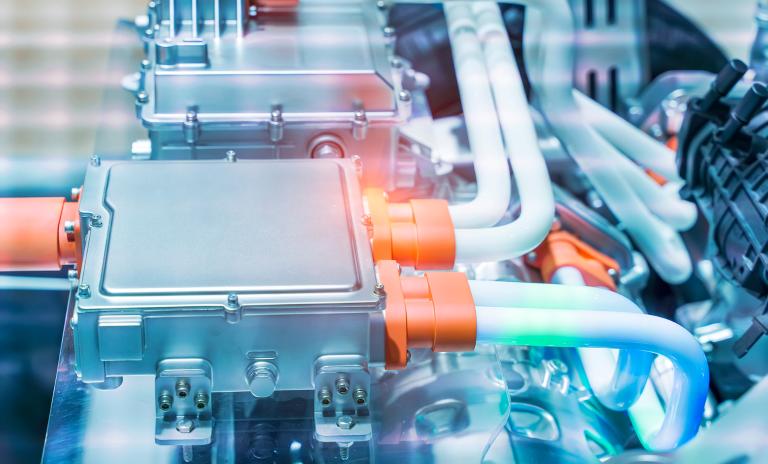Automotive
We support automobile and commercial vehicle manufacturers as well as supplier companies from the automotive industry along the entire value chain.


By Erwin Douma
Chemical companies have a once in a hundred-year opportunity to enter a booming market that will become mainstream by the end of the decade. The time to act is now. Players can establish market-leading positions if they act decisively to organize around a battery-focused proposition, access and develop technology, procure cost-competitive raw materials, manage capital investments, and secure product outlets. Capturing the opportunity will require bold decision-making and partnering ability. The size of the prize is colossal, a market of USD ~150 bn in North America and Europe. In this installment of our ‘ Electrification in the Age of Deglobalization ’ series, we unpack the material opportunity for the North American and European advanced battery chemical industry.

With the global demand for lithium-ion batteries expected to grow above 30% p.a. until 2030, understanding what the world will look like in 2030 and beyond is critical. Today, 80% of battery cell production capacity and 60% of demand is based in China, but we can already see the winds of change.
There are five key reasons why the future will look different, and that a large local end-to-end value chain will be developed in North America and Europe.
Players looking to enter the battery materials market will have to focus on five key success factors to capitalize on the opportunity, assume a leading position, and mitigate risks. Achieving success across these factors requires boldness and partnering ability.
Download the full article PDF - and register for our Electrification in the Age of Deglobalization article series. Access more key insights and stay up to date on the latest new developments and challenges facing an increasingly decarbonized and electrified global automotive industry.